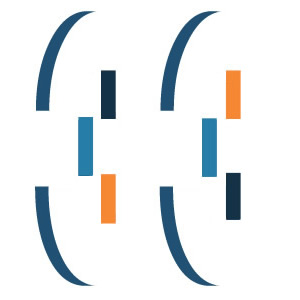Studies have shown that website design is the most crucial of all the marketing media at your disposal. Compared with attracting new customers through advertising or conventional marketing, websites are amazingly low cost and the possibilities are endless. A solidly designed website, appealing in content and appearance, will draw the client back for regular visits and ultimately convert this traffic to online sales. Designing web pages is easy. Designing a good website is difficult.
A professional Web designer has a background in graphic design, knowledge of HTML and other design programming languages (such as JavaScript, ColdFusion, PHP, etc.). More importantly, a professional designer understands how to design a website that will most effectively present you, your business or organization, and your products and services.
Ordinarily to design and maintain a good website you would have to know:
- HTML in order to be able to make the page appear the way you want it
- Graphic design to design and manipulate your images. You would have to learn about different image formats, palettes, and how to reduce file sizes for quicker downloads
- Successful websites utilize the powerful features found only in dynamic websites
- You would need to learn about search engines, web directories, and how to promote your site
- You would need to understand meta tags and work out the tips and tricks for maximizing your site’s visibility
All other forms of advertising (business cards, brochures, etc.) can be patterned after you website design layout. Clearly, a professionally designed website is well what you pay for it if you are serious about attracting business through your website. The Internet has become a vast resource of information for business people as well as students as they discover the advantages of getting online. The Internet is revolutionizing entire markets, allowing all businesses, large or small, the same opportunities to market their products, services and information on the Internet in an effective and appealing manner.
OK, I need a web site. What do I do now?
- Domain Name – a unique web address that identifies your site. First we find an appropriate name which is not already registered, then we register it for that chosen name for a year or multiple years.
- Hosting – the physical web server where the web site will be hosted. Hosting provides individuals or organizations with the systems to store information, images, video, or other content accessible to users of the Web. In a sense, you rent space on a computer to hold your Web site. Your host assigns an address (DNS) for your files to your domain name so that anyone can find your Web site on the Internet by typing your domain name.
- Website Design – this is our specialty at 33 Dimensions. Web design involves fusing content (words, media, etc.) with presentation (colors, logos, font, etc.), and do this in a logical and functional manner.
- Integration – once your site is finished, you need it to be found by integrating with search engines, social media, and related sites.
- Website Maintenance – content updates, enhancements, new integration, fresh looks. A well maintained site is essential.
